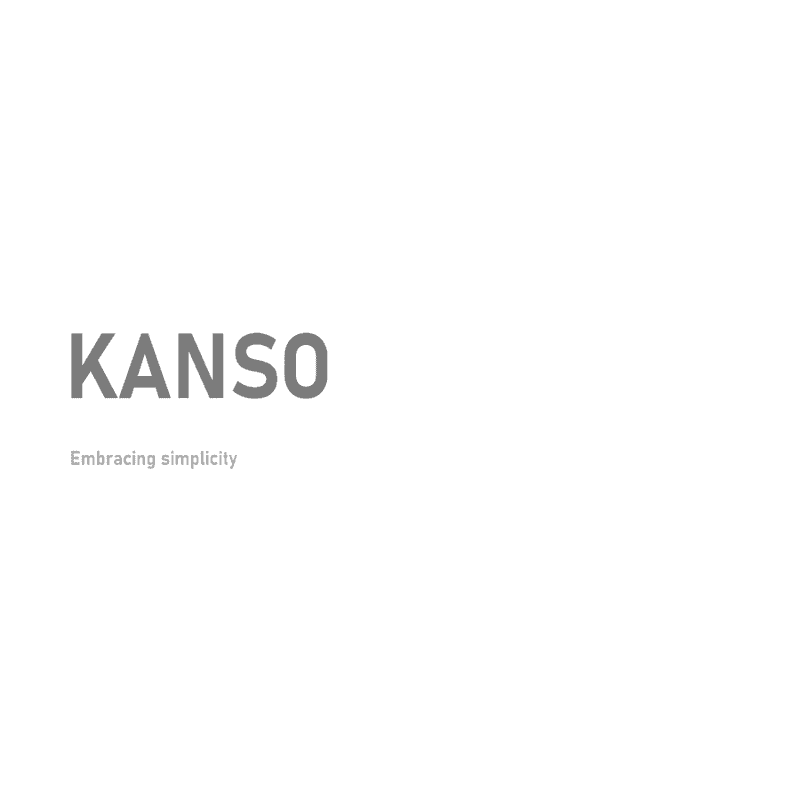kanso
A reflection on the principle of Kanso in design. The traditional Japanese version of the modern approach to minimalism in design - less is more.
Meaning - Kanso is simplicity in a set-out, eliminating clutter.
A scenario - Consider designing: a presentation, a website, a software app., or interior design, etc.
Conflict - You might feel a conflict in your mind between keeping things simple and the urge (or at times even the need) to make something look like a lot of work has been put into it (presenting to a client, in academic work, etc.)
You can find interesting solutions in this conflict though.
Mind - Simple can be beautiful and convey the intent. Achieving such effective simplicity requires a state of ease with one’s inner-self. Hard to achieve it with a restless, resentful mind.
(Tip: In case of peer pressure or deadlines, set aside a brief time of a relaxed state of mind to work on the core concept, and then develop on it, but with care, as to not drift away from it. Remember the key here is to eliminate the unnecessary, and deal with care with what remains.)
Heads-up: Note that simple does not mean less work. Don’t confuse simple with easy. It takes work to reach there. Designing simple requires effort.
Character - The elegance here is not in opulence, but in subtlety. Though Kanso encourages simplicity, it does not necessarily mean creating an understated tone. One can still make a bold statement with a design while keeping it simple.
This element of traditional Japanese design philosophy relates well with the modern ‘less is more’ approach.
The Kanso way, not limited to visual aesthetics, can affect the other aspects of life when practised, leading to the removal of unnecessary complexities, instilling a sense of gratitude.
Happy designing! :)
